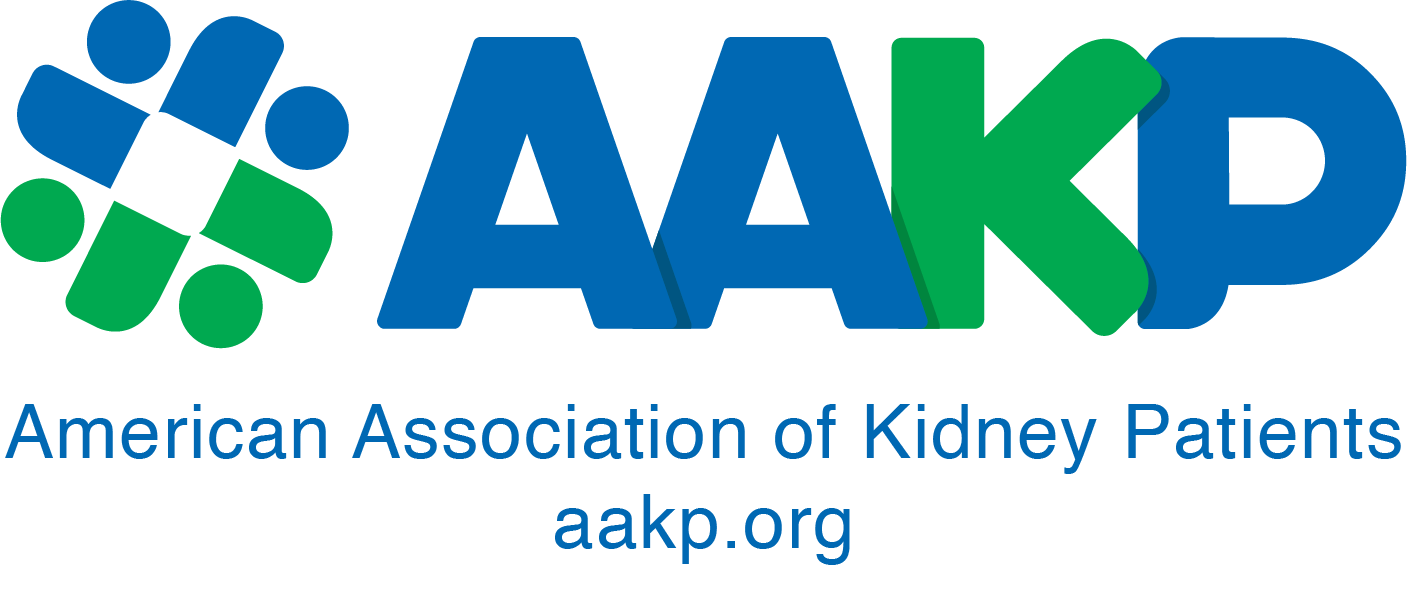Your vascular access (fistula, graft and/or catheter) is your lifeline to dialysis. It should be treated as any other prized possession… with great care! However, even the best care doesn’t guaranty perfect performance of your access – it improves your chances. Over the years, many studies have demonstrated how proper care results in an access that works better, lasts longer and has fewer problems.
Caring for your access should begin before your access is ever placed. Learning about your access options and planning for your future access are the first steps in proper access care.
Today, there are three main types of hemodialysis access; fistulae, grafts and catheters. Although there are advantages and disadvantages to each, all things being equal, fistulae are considered the best type of vascular access.
Fistulae develop as a result of surgically connecting a vein to an artery, usually in the arm. The high pressure and flow in an artery, when connected to a vein, allow the vein to enlarge and “mature” into a fistula. This maturation typically occurs over months and may require additional procedures before the fistula is ready for use. Although fistulae require the greatest amount of time to develop, when compared with grafts or catheters, fistulae typically have the longest usable life with the fewest problems.
A graft is created by surgically connecting a piece of synthetic (man made) graft material from an artery to a vein. This graft is placed under the skin and is large enough to easily accommodate dialysis needles. Some grafts can be used for dialysis immediately after placement while others require one to two weeks before use. Although grafts can be used sooner than fistulae, they are not as desirable. This is because grafts typically have more problems and require more surgical procedures to keep them working. Grafts, however, do function for a longer period of time with fewer problems than catheters making grafts a better choice when compared to catheters for long-term dialysis.
Catheters are “plastic-like” tubes placed into one of the larger veins in your body. Catheters are usually placed in the chest or groin region with the tip of the catheter positioned in or near your heart. For many newcomers to dialysis, catheters seem ideal. You do not need to get stuck with needles, there are no “ugly-looking” bumps on your arm or leg, and you can hide it under your clothing. Although these advantages seem appealing, they are not worth the risks seen with catheters. Catheters typically have the shortest lifespan and greatest number of problems, including the highest infection rate when compared with grafts or fistulae. In addition, infections seen with catheters are often more severe.
Once you have taken time to learn about your access options, how do you go about getting the best lifeline (access) you can? Ask your kidney doctor (nephrologist) to schedule an appointment for you with a doctor who specializes in access placement. This doctor will evaluate your specific needs, possibly take pictures of the vessels in the area where the access will be placed, and discuss your options. At this time, you can discuss the possibility of having a fistula placed. If you need to begin dialysis before a fistula would have enough time to develop into a usable access, a catheter can be placed to accommodate your immediate dialysis needs while the fistula develops. Although the catheter carries a greater risk of problems from poor performance to infection, the added short-term risk associated with the catheter may be well worth the long-term benefits a well-functioning fistula can deliver.
Once your access is in place, daily care is a must! Regardless of the type of access, take time to look at it daily. In addition to a visual inspection, grafts and fistulae should be felt daily. Typically, the earlier a problem is identified the easier it is to treat.
What to Look For in Graft or Fistula Inspection
Changes in appearance of the skin on top of your access, such as redness, localized swelling or pustules (pimples), may be a sign of infection. This should be reported to your caregiver as soon as possible as this may require antibiotic therapy, hospitalization or even a surgical procedure.
Localized bulging over areas of your access or extremity should be reported to your caregiver as soon as they are noted. This may indicate an aneurysm, which is a localized area of enlargement within a blood vessel or graft. If an aneurysm begins to rapidly enlarge or if the skin on top of the aneurysm develops a shinny appearance or discoloration, or if a scab forms over the aneurysm without known injury to that area, inform your caregiver immediately. These may be signs that the wall of the aneurysm is thinning, placing the aneurysm at a higher risk of rupturing. This could be a life threatening emergency!
Swelling of the access extremity (arm or leg), face or neck and/or the presence of multiple small, enlarged veins on the upper arm or chest may indicate a narrowing or blockage of the outflow veins preventing adequate drainage of blood from this region. If present, the sooner the narrowing or occlusion is treated (days vs. months), the greater your chance of success in reducing the amount of swelling.
If the lower part of your access extremity (hand or foot) becomes cool, numb, weak or painful, inform your caregiver. When an access is created, there is no way for the surgeon to know how much blood flow will be diverted from the lower part of your extremity to your graft or fistula. If the diversion of blood causes the symptoms described above, it is called a “steal” since blood that would normally go to the lower part of the extremity (hand or foot) is stolen by the access. In those who develop these symptoms, some will see improvement over time, while others will stabilize, only develop symptoms while on dialysis, or worsen. In severe cases, steal can result in permanent damage to the affected area. Regardless of how or when you develop symptoms, they should be reported to your doctor to be monitored. Additional medical procedures may be required to improve blood flow to the area in need while attempting to preserve the access. Occasionally, the access may need to be disconnected to restore flow to the affected area. The earlier you are treated, the better your chances are of resolving the problem.
Changes in the way your graft or fistula performs during dialysis may indicate problems developing within your access. Over time, narrowing often develops inside grafts and fistulae causing it to function poorly and eventually stop working. If this narrowing develops on the venous side of your access or in the veins removing blood from your access, it often results in increased pressure within your access. This increase may result in an increase in venous pressure noted in your access during dialysis, a decrease in blood flowing through your access (ml/minute), prolonged bleeding after removal of your dialysis needles, aneurysm formation and/or enlargement, and a reduction in how adequately you are dialyzed as measured on your monthly labs (URR, Kt/V). When narrowing occurs near the arterial connection of your access, there may be a reduction in pressure. This may result in collapsing or “sucking” of your access while on dialysis, difficulty placing needles in your access, a decrease in blood flowing through your access (ml/minute), and a reduction in dialysis adequacy. Any of these changes should be reported in hopes that significant narrowing can be dealt with in a timely manner keeping your access working for as long as possible.
What to Look For in Graft or Fistula Palpation
Any change in the way your graft or fistula feels should be reported. As mentioned above, narrowing in different parts of the access will cause different problems. If you feel your access daily, you will likely notice the problem before anyone else. If narrowing develops near the arterial side of your access, you will notice it is harder to feel the blood flow within your access. If narrowing develops on the venous side of your access, it will result in increased pressure in your access. This may feel like the access is pounding harder and harder. Any change is not normal and should be evaluated.
What to Look For in Catheter Inspection
Your catheter should be inspected daily to make sure the dressing, if present, is dry, clean and intact, the clamps are closed, and the caps are secure place. Any disruption in the catheter, clamps, caps or dressing should be reported to your caregiver.
The area surrounding your catheter should be evaluated for signs of infection including redness, swelling, tenderness, fever, chills or drainage from around the catheter. Any of these signs or symptoms should be reported immediately as catheter infections can be life threatening and should be treated as soon as possible.
Your catheter and area where the catheter enters the body should be cleaned and bandaged at each dialysis session. Whenever the catheter caps are off and the dressing is being changed, caps and masks should be worn by the patient and caregiver. In addition, whenever the catheter is being handled with the caps off, gloves must be worn.
In addition to monitoring your graft or fistula, daily home care should include:
- Cleaning the skin. The skin over the graft or fistula should be washed daily, as well as before each dialysis session with soap and water. Keeping this area clean should reduce your risk of infection.
- Avoid using your access arm for blood draws.
- Avoid activities that could block or slow the blood flow within your access, including monitoring blood pressure on the access extremity, carrying or resting heavy objects on your access extremity, sleeping on your access or access arm, sleeping with the access arm bent, placing excessive pressure on your access after needle removal following dialysis, and wearing tight fitting clothing.
In addition to monitoring your catheter, daily home care should include making sure the catheter and dressing are kept clean and dry. If you are going to do high risk activities, such as showering or working around the yard, make sure the catheter is protected as best as possible. There are new specialty dressings available to protect the catheter and exit site from fluid and debris while engaging in these high risk activities. Since water, dirt and debris can increase your risk of catheter-related infection, and since these infections can be life threatening, make sure to protect the catheter as best possible. Ask your caregiver to teach you how to change the dressing at home if it becomes wet or dirty. Living with a moist or dirty dressing for one or two days to have it changed at your dialysis center rather than changing it at home may increase your chances of infection.
In conclusion, your dialysis access is your lifeline. Take time to learn about it and care for it. A little effort can make a big difference.
Sanford D. Altman, MD, has specialized in access care for more than 12 years and is founder and medical director of Open Access Vascular Center in Miami.
Rachael Plummer, RN, CNN, has served as head nurse at Open Access Vascular Access Center since 1999. She has specialized in dialysis patient care for more than 15 years.
This article originally appeared in the January 2006 issue of aakpRENALIFE, Vol. 21, No. 4.
























